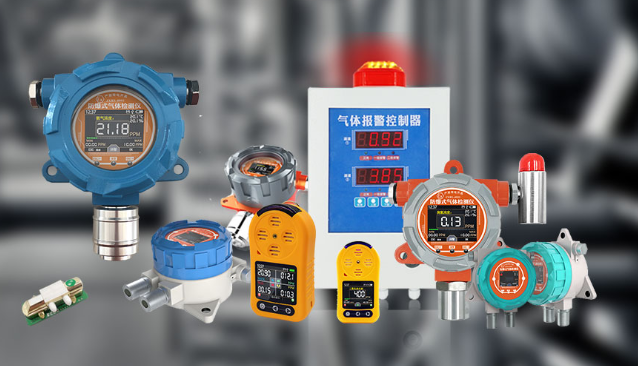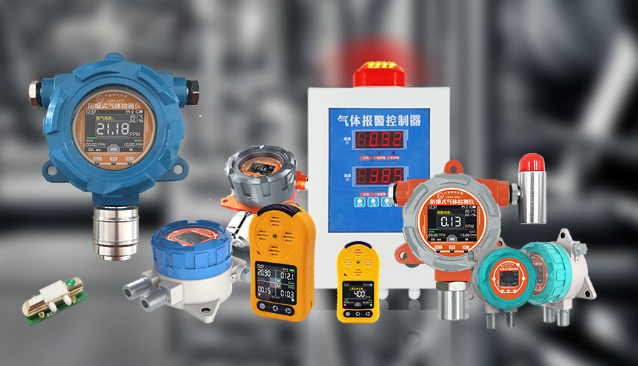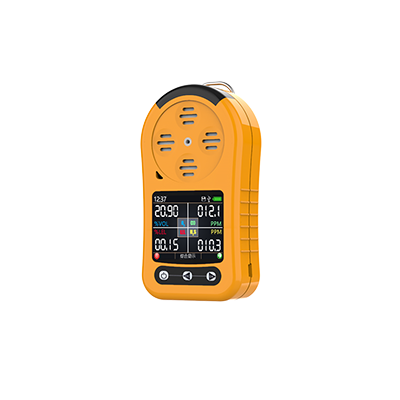
How Do Carbon Monoxide Detectors Work?
Carbon monoxide is a colorless, odorless toxic gas that kills 430 people every year. Carbon monoxide detectors are the quickest way to prevent carbon monoxide poisoning.

Carbon monoxide is a colorless, odorless toxic gas that kills 430 people every year. Carbon monoxide detectors are the quickest way to prevent carbon monoxide poisoning.
Carbon monoxide is a colorless, odorless toxic gas that kills 430 people every year. Carbon monoxide detectors are the quickest way to prevent carbon monoxide poisoning. At home, you can install a carbon monoxide alarm (or multiple gas detectors). They work much like your fire or smoke alarm, sounding an alarm when they detect carbon monoxide.

Carbon monoxide detectors sound an alarm when they sense a certain amount of carbon monoxide over time. Different sensors set off different types of alerts:
Biomimetic sensor: a gel changes color when it absorbs carbon monoxide, and this color change triggers the alarm.
Metal oxide semiconductor: when the silica chip’s circuitry detects carbon monoxide, it lowers the electrical resistance, and this change triggers the alarm.
Electrochemical gas sensor: electrodes in a chemical solution sense changes in electrical currents when they come into contact with carbon monoxide, and this change triggers the alarm.
Once the carbon monoxide detector alarm sounds, it must be in a carbon monoxide-free environment to silence the siren.

The CO alarm sounds if your sensor detects a buildup of carbon monoxide in your home—usually before you start sensing symptoms. With a low CO level (50 ppm), it may take up to eight hours for the alarm to go off. Higher carbon monoxide levels (over 150 ppm) can trigger an alarm within minutes.3
Act quickly when an alarm sounds because low doses over long periods can be just as dangerous as sudden carbon monoxide exposure in ultra-high doses.
First, don't panic. Gather everyone in your house and move outside for fresh air and to avoid further CO exposure.
On the way outside, open as many doors and windows as possible to help air out your home. To reduce exposure, don’t go out of your way to open every door and window, just the ones along the way.
Know the difference between an actual alarm and the detector's "end of life" alarm, which has a different sound.
Survey everyone's health and check for any flu-like symptoms that could suggest poisoning.
If you notice any symptoms, call 911 immediately.
If possible, do not reenter your home until the alarm stops sounding or emergency responders deem your home safe.
Contact a professional to evaluate every fossil fuel-burning appliance (particularly furnaces, boilers, water heaters, and stoves) and any other possible source of carbon monoxide to prevent a future incident.
Regular maintenance and inspections can help prevent safety hazards in your home, like a faulty furnace or fireplace.